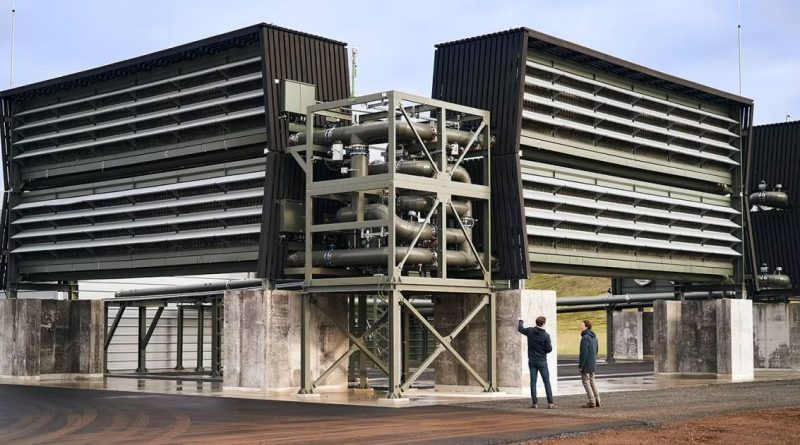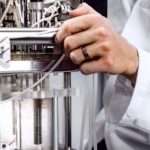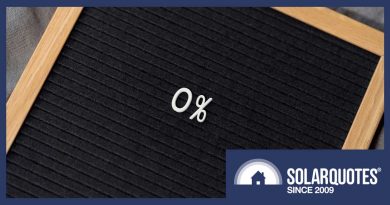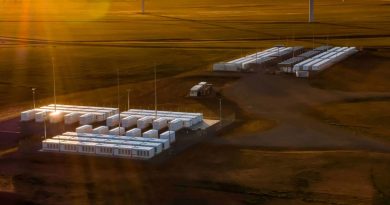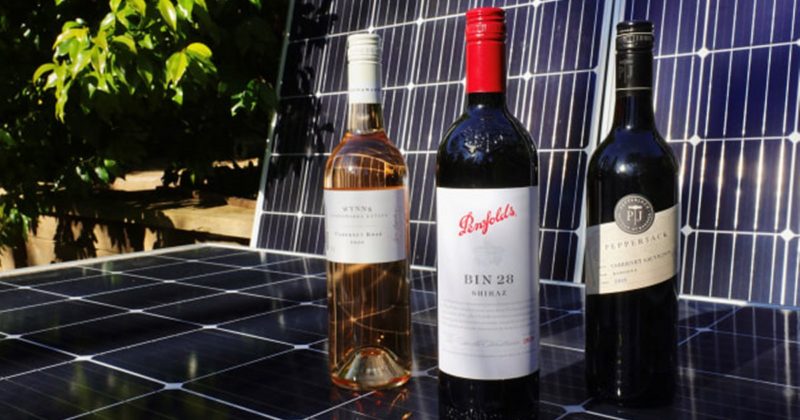Giving The Gift Of … Carbon Dioxide Removal?
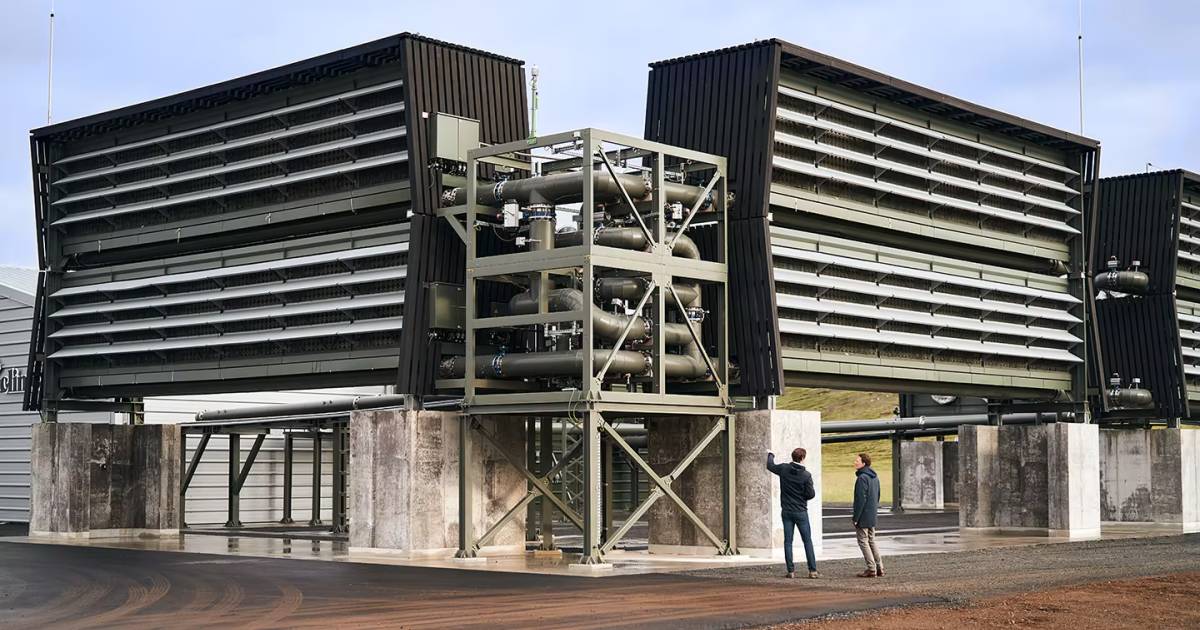

I really don’t know what to make of this – direct air capture to remove carbon dioxide as an Xmas gift. It’s a sign of the times I guess, in more ways than one.
‘Tis the season for over-consumption and various other silliness once again, with a wildcard this season being a rejiggered lurgy that could do really well given our habit of congregating in small spaces during festivities.
But we can make ourselves feel a bit better about the dire situation we (and the planet) face with a new indulgence.
“This festive season, give your loved ones an eco-friendly gift which is also a gift for the planet. You can give the gift of carbon dioxide removal and inspire climate-positive action,” says ClimeWorks.
Yes folks, for just €25 (around AUD $40), you can sponsor the removal of 25kg of carbon dioxide from the atmosphere using Direct Air Capture (DAC) technology. That works out to be approximately $1,600 a tonne. But a nice card for the recipient is included in the deal – and thankfully it’s not a picture of ClimeWorks’ DAC facility above.
What Is Direct Air Carbon Dioxide Capture?
Swiss company ClimeWorks’ technology consists of stackable modular CO₂ collection devices powered by renewable energy or energy-from-waste. Air is drawn into the collectors by a fan and the carbon dioxide is captured on the surface of a highly selective filter material contained within. After the filter is full of the stuff, the collector is closed and its temperature raised to between 80 and 100 °C; releasing the carbon dioxide. The high-purity CO₂ is then collected.
In 2017, ClimeWorks launched the world’s first Direct Air Capture plant in Switzerland. The CO₂ captured by that plant has been used for applications including fertiliser production and for carbonated beverages.
In September this year, ClimeWorks launched “Orca”, the world’s first climate-positive direct air capture and storage plant. The facility consists of eight collector containers, with an annual capture capacity of 500 tonnes each. ClimeWorks partner Carbfix mixes the collected carbon dioxide with water and pumps it deep underground. The carbon dioxide reacts with basalt rock and “turns into stone within a few years”.
Here’s a virtual tour of the Orca plant and more detail on the ClimeWorks DAC process.
[embedded content]
DAC CO₂ Removal For Christmas Clever, But…
The various issues surrounding carbon capture and storage aside, including it being abused in order to keep burning fossil fuels, the carbon removal for Christmas is a clever marketing move. ClimeWorks will make a few bucks from it and gain some additional attention for its tech.
But there’s something else highly effective at removing carbon dioxide from the atmosphere – plants and trees. For example, hemp (no, not that type – the low THC variety).
A single hectare of hemp can absorb 22 tonnes of CO₂, with multiple crops per year possible in some places. Hemp can be used in myriad applications including building materials such as insulation and hempcrete, which is comprised of the woody inner part of the hemp stalk, lime, sand and water. Hempcrete is particularly intriguing stuff in that it keeps sequestering additional carbon dioxide for years.
While ClimeWorks’ DAC tech is interesting and mopping up emissions with trees is great, an ounce of prevention is worth a pound of cure – or in the case of climate change given our current predicament, a ton.
The world shouldn’t lose focus on stopping emissions being generated in the first place using tried and tested tech including solar power in favour of what could be a siren call from solutions that amount to a band-aid over a gangrenous wound.
Original Source: https://www.solarquotes.com.au/blog/co2-direct-air-capture-mb2273/

